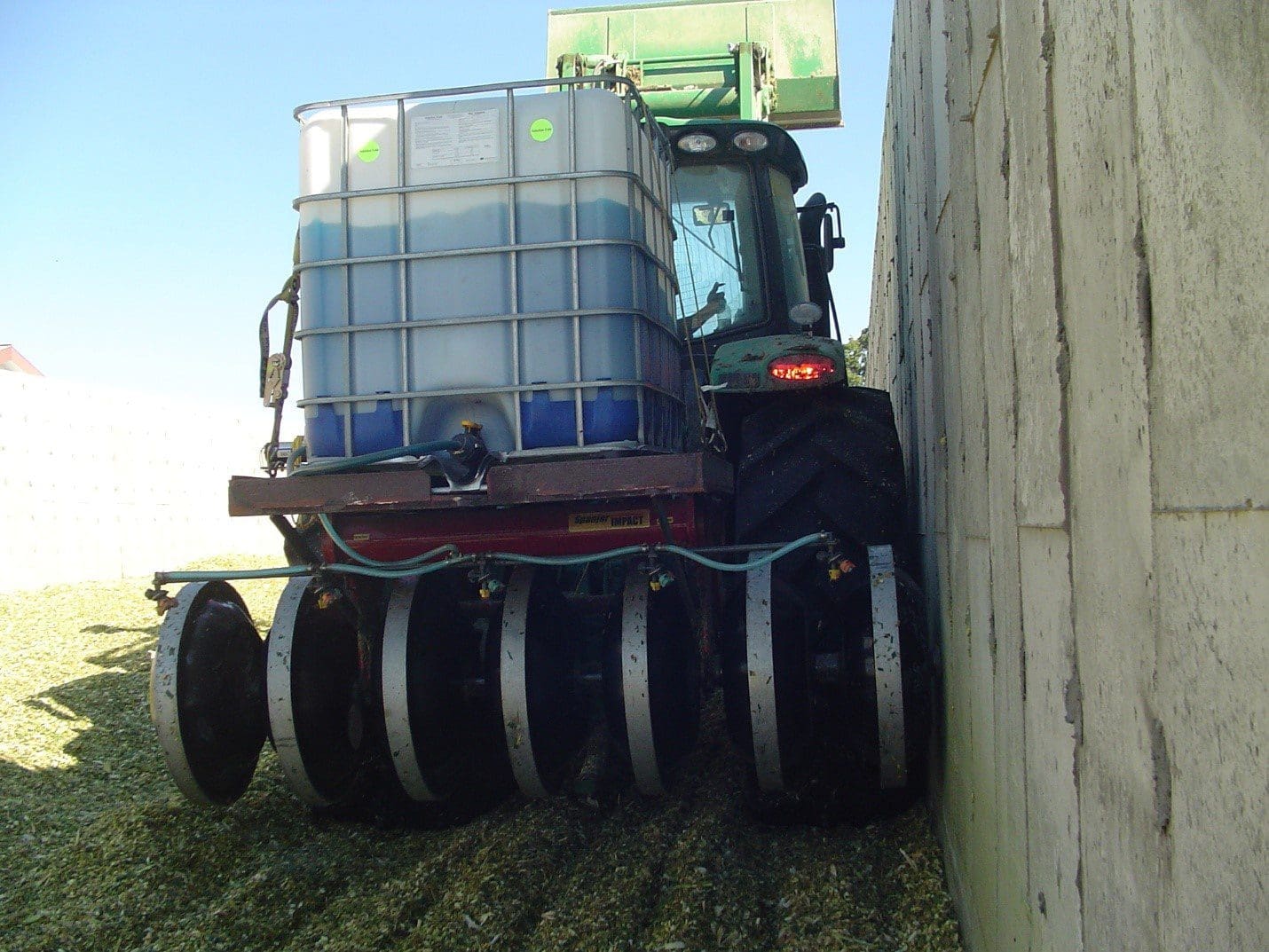
Over the past few years, tall waterhemp (Amaranthus tuberculatus) has emerged as one of the most invasive and herbicide-resistant weeds in Québec and Ontario crop fields. First identified in Québec in 2017, this U.S.-native species is rapidly spreading, and the economic impact on growers is significant.
An Aggressive, Hard-to-Control Weed
-
Grows rapidly and can reach over 2 metres in height.
-
Dioecious plant: male and female plants are separate, which promotes greater genetic diversity—and faster adaptation.
-
Massive seed production: each plant can produce an average of 300,000 extremely small and difficult-to-remove seeds (source: MAPAQ).
Farm Equipment: A Primary Vector for Spread
Tall waterhemp seeds are so fine that they can easily become lodged in combines, planters, and trailers. During harvest or transport, they can spread from one field to another undetected. That’s why thorough equipment cleaning is critical—especially:
-
When purchasing used farm machinery
-
For custom work
-
Within shared equipment cooperatives (CUMAs)
💡 Pro Tip: Always scout the first field used with new equipment to detect potential problem weeds.
Worrisome Herbicide Resistance
In Québec, most tall waterhemp populations are resistant to at least two herbicide groups. Specifically, resistance has been confirmed to Groups 2, 5, 9, 14, and 27 (source: MAPAQ).
This significantly limits chemical control options and reinforces the need for an integrated weed management approach.
Serious Economic Impact
Losses linked to tall waterhemp are far from trivial. According to field observations:
-
Corn yields can be reduced by up to 84%
-
Soybean yields by as much as 93% (source: MAPAQ)
Best Management Practices
Prevention and Sanitation
-
Deep-clean all equipment between fields
-
Limit movement of potentially contaminated machinery
-
Monitor high-risk areas and train staff accordingly
Early Detection and Rapid Response
-
Scout regularly starting at the seedling stage
-
Hand-pull isolated plants before flowering
Crop Rotation and Seeding Density
-
Rotate crops to disrupt the weed’s life cycle
-
Encourage dense canopy cover to reduce light availability
Residual Herbicides and Layered Strategies
-
Apply pre-emergent residual herbicides
-
Avoid repeated use of the same herbicide groups
In Summary
Tall waterhemp isn’t just another weed. Its reproductive power, herbicide resistance, and potential to wreak havoc on crop yields make it a top-priority phytosanitary threat. A proactive, diversified, and collaborative approach is essential to protect your farm’s productivity.
Better to invest time in prevention than spend years trying to regain control. If you have any questions, our team of crop advisors is here to help.

